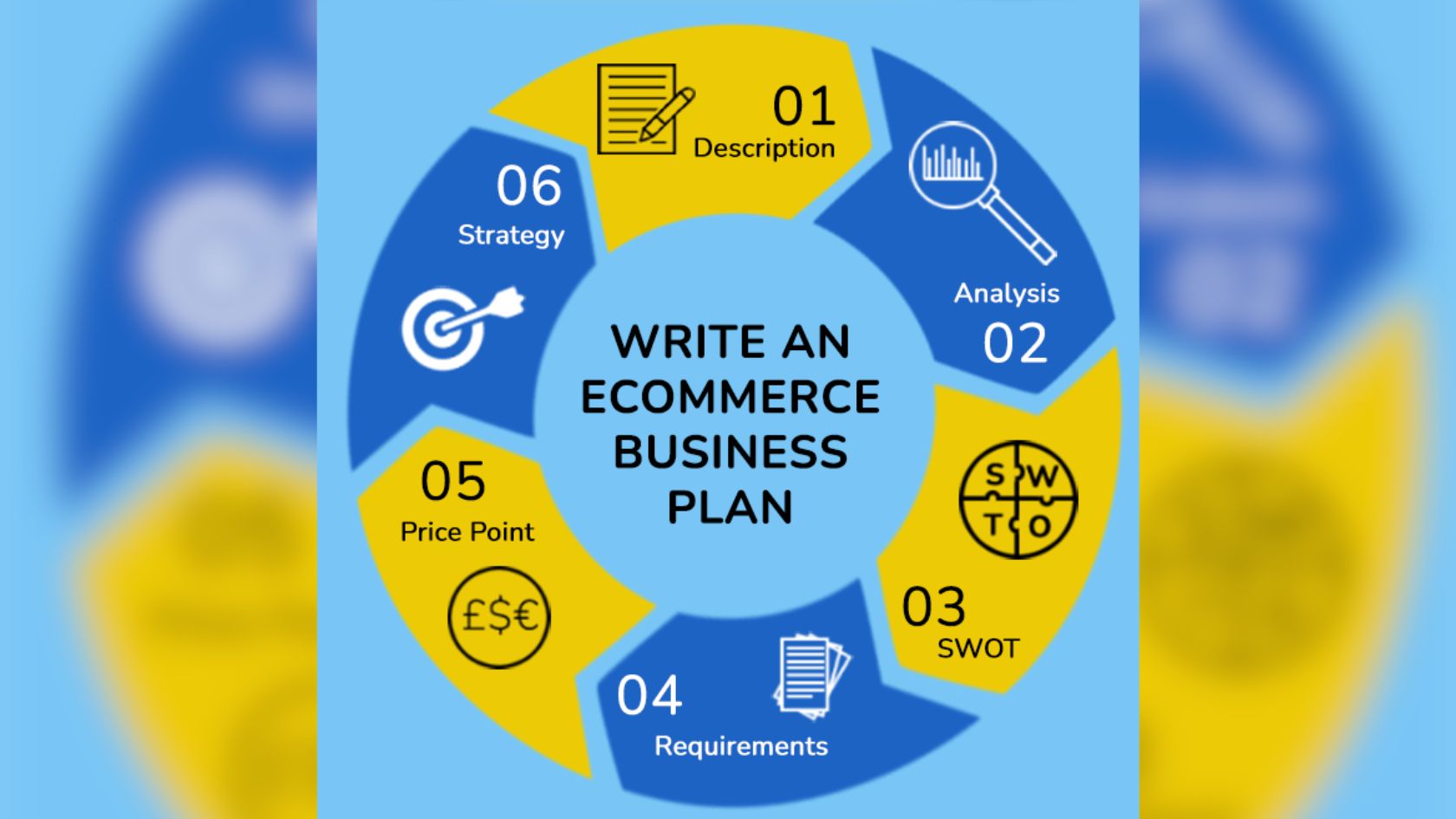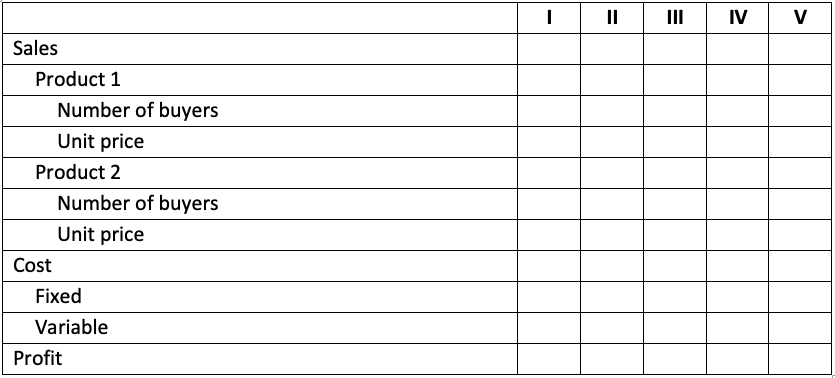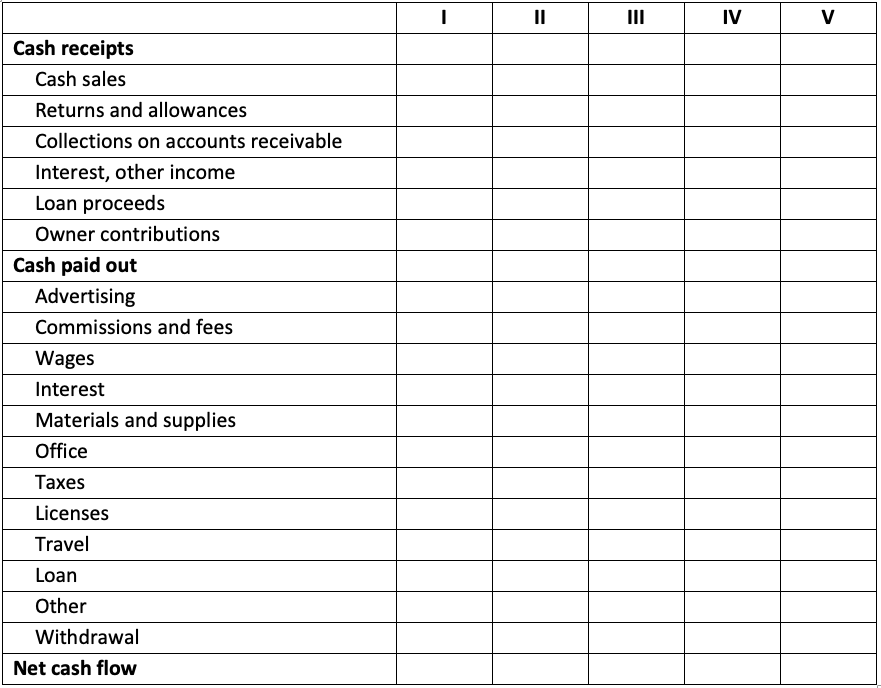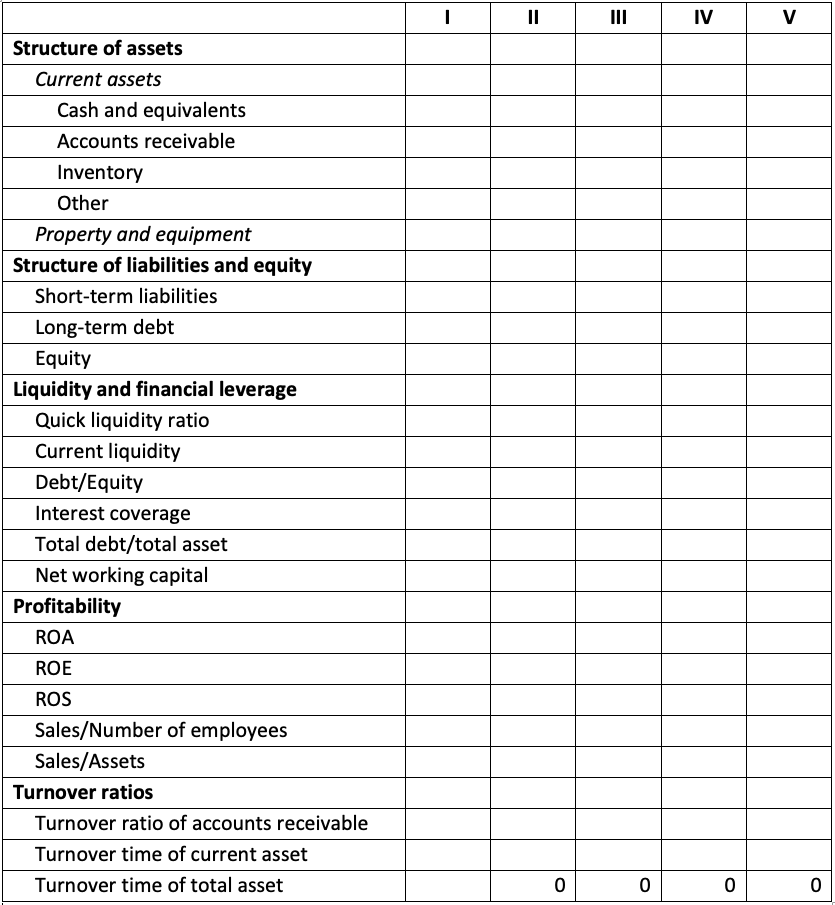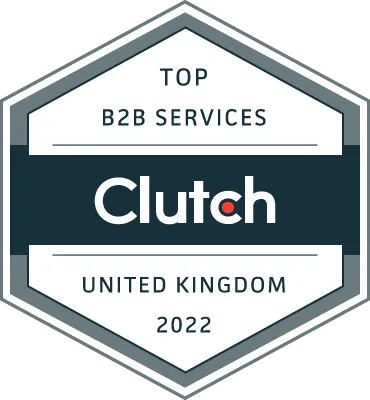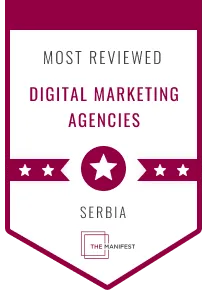In this blog post, I will explain how you can turn your idea into a successful project with a proper business plan.
The article will contain:
– Detailed description of the final product
– Market analysis
– SWOT analysis (Strengths, Weaknesses, Opportunities, Threats)
– Operational and logistics requirements
– Price and selling strategy.
This is the first step in the software development workflow.
Before you hire a development agency or before you start thinking about what eCommerce platform to use for your online store make sure you have a business plan on a white paper.
Do the right thing first and save your time and money – schedule free consultation.
The goal of writing a business plan is to refine new ideas, learn as many details as possible about the market and create financial projections which will be the basis for decision making. It will also be the basis for the project initiation phase.
The project sponsor (development agency) and the project manager must gain enough details provided by this plan before they proceed to the project initiation phase.
Guidance for business owners (you)

While answering the questions related to your idea, you should have in mind the primary goal – to clarify your business idea and give a precise definition of the final products as possible.
It doesn’t mean that it’s always necessary to write fat books and elaborate all possible details.
The questions should be split into 4 main segments:
• Market analysis,
• Production,
• Management and staff,
• Risk management
From these segments, you should derive a SWOT analysis chapter and make financial projections.
From the author’s (your) perspective, it is important that a SWOT matrix gets created, a process that will give you answers to where your idea is, where it should be and how you should get there.
Previous steps should give facts and answer the question – On what facts do you base your SWOT?
From the project management perspective, it is important to get a precise definition of the final products as possible. Based on that the project manager will define the resources required for the project including developers, software, and hardware.
You might skip some less important details here however the more information you provide the better understanding the project manager will gain which results in better estimates.
On the other hand, you should recognize when the plan includes enough details otherwise all additional work on the business plan will be redundant. This is a bit tricky and requires experience.
An experienced business analyst would be handy here. Please contact us for a free consultation
Executive summary

The executive summary chapter gives a brief overview intended for those users who won’t read the complete document and delve deep into details.
It should be written last, based on the research done, and written in other chapters.
The main goal is to emphasize the main reasons why the project was started and the benefits it will provide after successful completion.
Brief description
-
- What is the main goal of the project?
- Which market does the project solve?
- List the final products of the project and give them a one-sentence description where its purpose isn’t clear.
- Who are the beneficiaries of the project?
- When will the project start and when will it end?
- How much is the available budget for the project?
- What are the expected results of the project?
- List five reasons why you think the project will be successful.
Mission and Vision
-
- What is the purpose of the project? (Mission Statement)
- How should the products function within an ideal scenario once finished and how will they contribute to the company? (Vision)
The management team and personnel
-
- Who is the project sponsor? (development agency)
- Who is the project manager?
- What knowledge is required for the project to succeed?
- Provide a list of personnel who will be involved in the project and assign each team member a role.
Organisational structure after project realisation
-
- How will the project impact the organisational structure of the company?
- Is there a need for new employees or managers?
- Who will run the business?
- What skills are required from the management team?
- How will the new business contribute to the overall position of the company?
Financial summary
-
- What are the expected costs of the project?
- What is the expected income in the first five years after the project is finished?
- What is NPV (net present value) and ROI (return on investment) of the project?
Final products

In this chapter, you should make a list of all products that you plan to develop and sell.
The products are either tangible goods or services that can run independently and provide value to consumers.
You can have multiple products wrapped into a single project if it makes sense to combine them into one product or product set.
Product 1
For each identified final product, you should explore the market and find if there is already a similar idea.
Analyze existing products and try to use the information to improve your idea. Give as many details as possible about how the product should work.
Put yourself in the buyer’s position and try to imagine the product as you would like to have.
The emphasis in this phase is on functionalities, but it is also useful to think about design, especially if it influences the functioning of the product.
Products description
-
- Is building the product a must or nice to have?
- What needs will the product satisfy?
- What value will the buyer gain from this product?
- Similar products (utilize a table like below)

-
- How will the product work?
- Who will be the suppliers of elements needed to produce it, if any?
- What tools will be used in the production?
- Are the tools available now? If not, how will they be acquired?
- What are the key processes in development?
- What are the milestones?
- What external tools will it need to work?
- What is the level of innovativeness of the product?
- What is the expected product life span?
- What will happen at the end of the life span of the product?
Equipment needed for the project
-
- What equipment is needed to successfully finish the project?
- Is all equipment needed at the start of the project?
- If not, what are the time points when the equipment will be needed?
- Is there any risk of not being able to get the right equipment at the right time?
- Is all equipment available at the start of the project?
- If not, what is missing, how can it be acquired, and what is the cost?
Equipment needed for products/services operations
-
- What equipment is needed for products/services to operate?
- Do we already have the equipment needed?
- If not, what are the time points when the equipment will be acquired?
- Is there any risk of not being able to get the right equipment at the right time?
Comparative advantages
-
- What makes your product better than similar products?
- Why should the buyer use your product instead of the competitors?
Distribution channels
-
- How will the product be delivered to the buyers?
- What are the costs of delivery (hosting and similar)?
- How will you organise the transportation of products to the buyers, if needed?
- Do you need additional resources (vehicles)?
Possibilities for product extensions
-
- Is it possible to extend the product in the future?
- Is it possible to prolong the life span of the product by upgrading it?
- Describe the strategy of maintaining product competitiveness during its life span.
Legal Requirements
-
- Do you have all licenses to finish the project?
- If not, how will you acquire the missing licenses, and what will be the cost?
- Will you protect your products/services?
- Are there going to be additional artefacts created during the process which can be patented?
Market analysis

In this part, you should thoroughly explore your target market. By writing this chapter you must show that you know who the main competitors are, who will buy and why somebody will buy your product and what’s the dynamic of the market, including possible entrance to it, and substitutes.
The key here is to understand why it is going to be there in the future, in what shape, and where do you see yourself in that game.
If the number of products is small or there is only one type of buyer (i.e., there is no need for market segmentation), merge the subchapters.
Also, if different segments behave differently regarding the questions from the Description of industry, split them into appropriate Market segment X chapter.
Description of industry
-
- Give a brief description of the industry?
- What are current trends in the industry?
- How long do you expect the trend to keep on?
- What is the bargaining power of buyers in the market?
- What is the bargaining power of suppliers in the market?
- How dangerous is the threat of new entrants?
- How dangerous is the threat of substitutes?
- How harsh is the rivalry?
- What are the main drivers of demand?
- What are the main challenges?
Market segmentation
-
- What are the criteria for segmentation?
- List market segments.

Market segment 1
-
- Which product is going to be sold in this segment?
- Describe a typical customer.
- Where are customers located?
- Why do you think the customers will buy the product?
- What factors help customers to choose?
- What is your estimate on the number of buyers?
- How disruptive will your products be to the usual way of conducting business in the market segment?
Marketing strategies for the target segments
-
- How will you brand the product?
- What are the key messages you will communicate to the segment?
- How will you reach the segment?
- Where will the product be promoted?
- How will the product be promoted?
- What market share do you expect?
- What are you going to do to reach the market share?
- What is the estimated marketing budget to reach the market share?
- How long will it take to get to the market share?
Main competitors
-
- Make a list of the main competitors. (Fill the table after you do an exhaustive analysis in the subchapters. Then put the main conclusions)

Competitor 1
-
- Where is the competitor located?
- What is the size of the competitor?
- What products does the competitor sell and at what prices?
- Describe the main characteristics of the competitor’s products.
- What are the competitor’s strengths?
- What might be the competitor’s weaknesses?
- What is your competitive advantage over Competitor 1?
- Is it a direct or indirect competitor?
- In which segments are they competing?
- How is the price calculated?
- Compare prices with competitors 1.
- Why are the prices different from the competition?
- What payment methods does Competitor 1 provide to buyers?
- What payment methods shall we provide to buyers?
Suppliers
-
- What are the main suppliers of the project?
- Where are they located?
- How long does it take to get goods/services that are needed?
- What are their prices?
- Is the quality acceptable?
- How probable is it that they won’t be able to deliver what is needed?
- What will happen if they fail to deliver or are too late?
- Are there any other known issues?
- What are alternatives?
Management and staff
-
- Who is the project sponsor?
- Who is the project manager?
- What roles will be configured to complete the project successfully?

-
- Is there a need for additional staff?
- What roles will be configured to support the final products during their lifetime?

Project staff #1
-
- What is the name?
- What is the age?
- How many years of working experience in total?
- How many years of working experience in the company?
- How many years of working experience in similar jobs?
- How many projects in total?
- How many similar projects?
- Roles in the project?
- What are the key skills which make them the right person for the role?
- What are their academic qualifications?
- What training and certificates do they possess?
- What is their estimated salary?
- Which skills are required for the role in the project, that staff#1 isn’t capable of?
Risk management
Premises
-
- What conditions must be fulfilled for the project to start?
- What conditions must be fulfilled for the project to succeed?
- What is the signal for the project’s end?
- What conditions must be fulfilled for the products/services to operate after the project?
Managing operational risk
Risks related to staff

Risks related to suppliers

Financial risks

Marketing risks
SWOT analysis
- A lot of these questions are already answered. Here you should briefly repeat them to give an overview of the subchapter Strategy chosen which is the point of the chapter.
Strengths
-
- What resources are important for the project that we have?
Weaknesses
-
- Which resources do we lack?
- Where are we vulnerable?
- Which processes can we improve?
Opportunities
-
- What does the market want?
- What are the newest technologies on the market?
- What else can we achieve on the market?
Threats
-
- What causes the fluctuations in demand?
- What are the obstacles to staying in the market?
- What are the obstacles to our growth?
- What can prevent us from successfully finishing the project?
Strategy chosen
-
- Considering SWOT, where can we position our project? Draw a SWOT diagram.
- What strategies should we adopt to reach that position?
Financial plan
Key assumptions
-
- What is your estimation of inflation expected in the next five years? What is it based on?
- What discount rate is used for estimations? What is it based on?
- What is your safety margin in the estimates? What is it based on?
- What is your estimated rate of growth over the next five years? What is it based on?
Key financial indicators
-
- For each product/service, how many buyers do you expect?
- For each product/service, what is the profitability rate?
- What is the NPV of the project?
- When will you reach the breakeven point?
- What are the expected project costs?
- What are the expected operational costs?
- What is the expected profitability rate?
Projection of income and costs
In this chapter, you should present the success of your business idea in financial terms. You start with a projection of income and costs for the next 5 periods to get projected profit.
Then you discount the projected profit to get the Net Present Value and Internal Rate of Return of your project.

Finally, here is the sample sheet which you can modify to accommodate your needs for different items and different levels of detail.
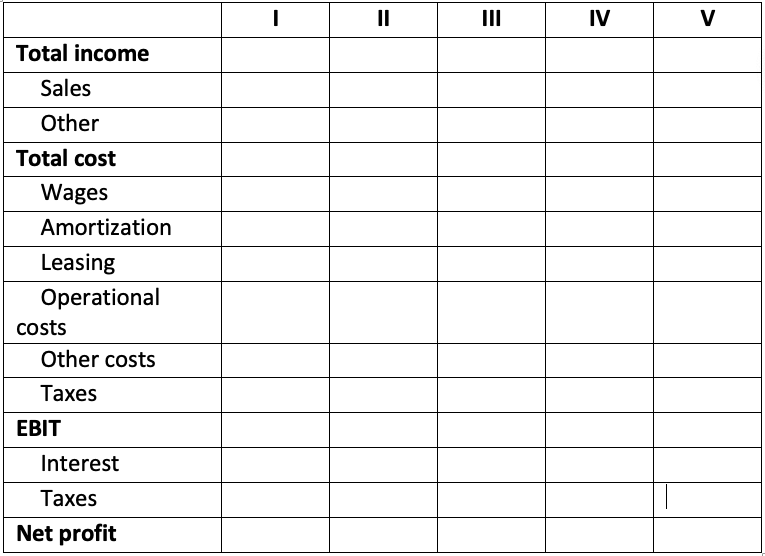
Cash-flow projection
The cash-flow projection of your project is intended to prove to you and your potential investors that you will provide enough liquidity for the project during the first 5 periods of its life. Here is the sample cash-flow sheet which, again, you should modify to fit your specific business needs and remove unnecessary details while adding the important ones.
Balance sheet projection
The balance sheet projection should display all your assets, liabilities, and equity, and how the project is going to alter it during five periods after the project starts. Here we give a sample, but you should modify detailed items.
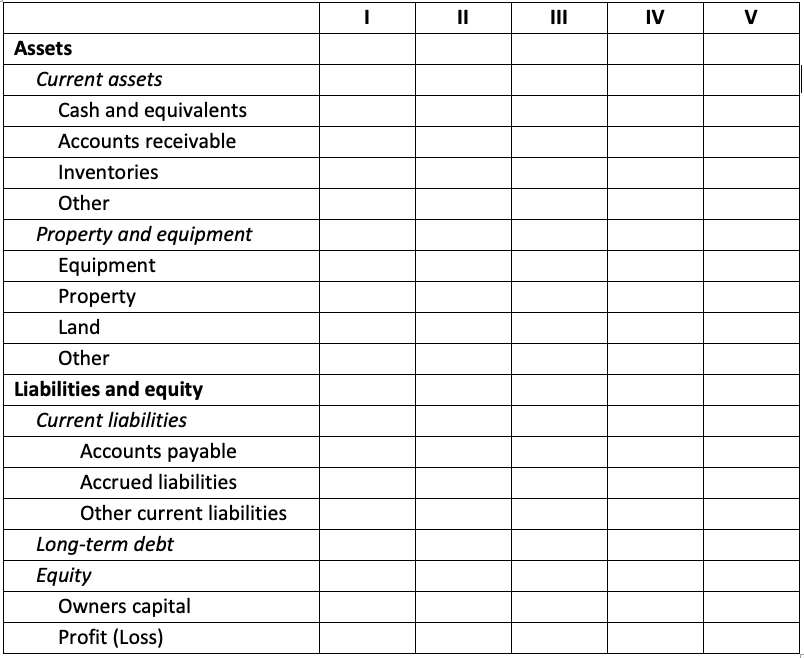
Risk analysis and break even
In this chapter, you should use previous projections to calculate the break-even point and show the financial and business risk to achieve it.
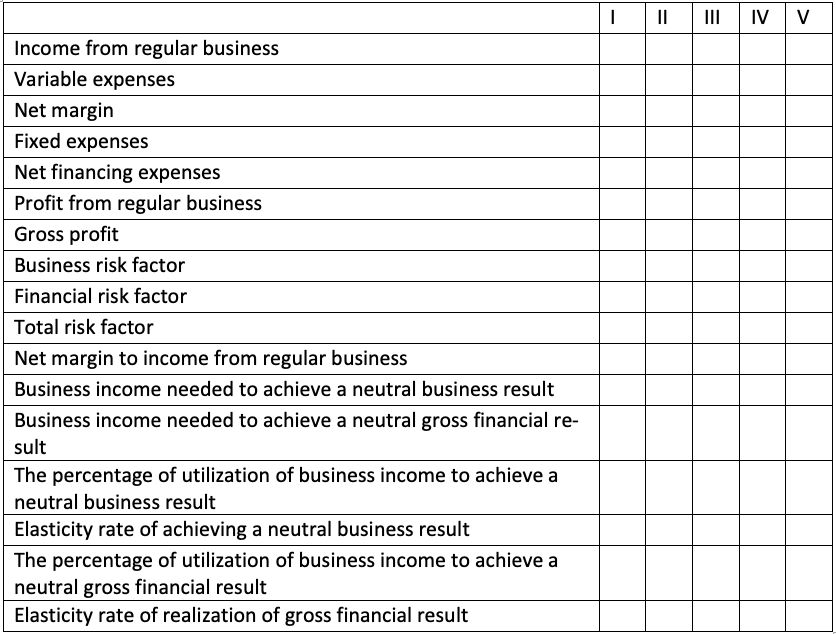
It would be nice to accompany this table with a graph showing the break-even analysis.
Ratio analysis
There are a lot of ratio indicators that will give useful information about the viability of the project. Here is just a sample of them.
Conclusion

Here you should once again summarize the plan for those who do not read it.
Financial plan estimation
-
- Is the plan acceptable?
- Is there a better alternative?
Overall business plan estimation
-
- What are the key strengths of the plan?
- What are the main weaknesses of the plan?
- How probable do you estimate the success of the project?
- How probable do you estimate the realization of the financial plan?
General recommendation
-
- Are we going to make this project?
- How rich shall we be after this project?
You can look at this article as a template for a business plan written in a form of questionnaires. The final version of the business plan should be in the form of an essay.
All questions should be answered in the form of full sentences with “normal” styling of paragraphs. Questions are there just as reminder’s on what to write, after answering all required questions, you should delete them.
This form of a business template is rather a general template. It is written with the e-business in mind, but some parts of it might not be suitable for your kind of business. If that is the case, then those questions/chapters should be skipped. In this case, the author should just delete the question, without mentioning the topic the question is related to.
On the other hand, if the question makes sense, but if it’s hard to answer it in a reasonable timeframe, it should be stated as an answer. Also, any doubt about the answers should be mentioned in the text. If needed, additional analysis which will include other team members may be conducted to answer this kind of questions.
